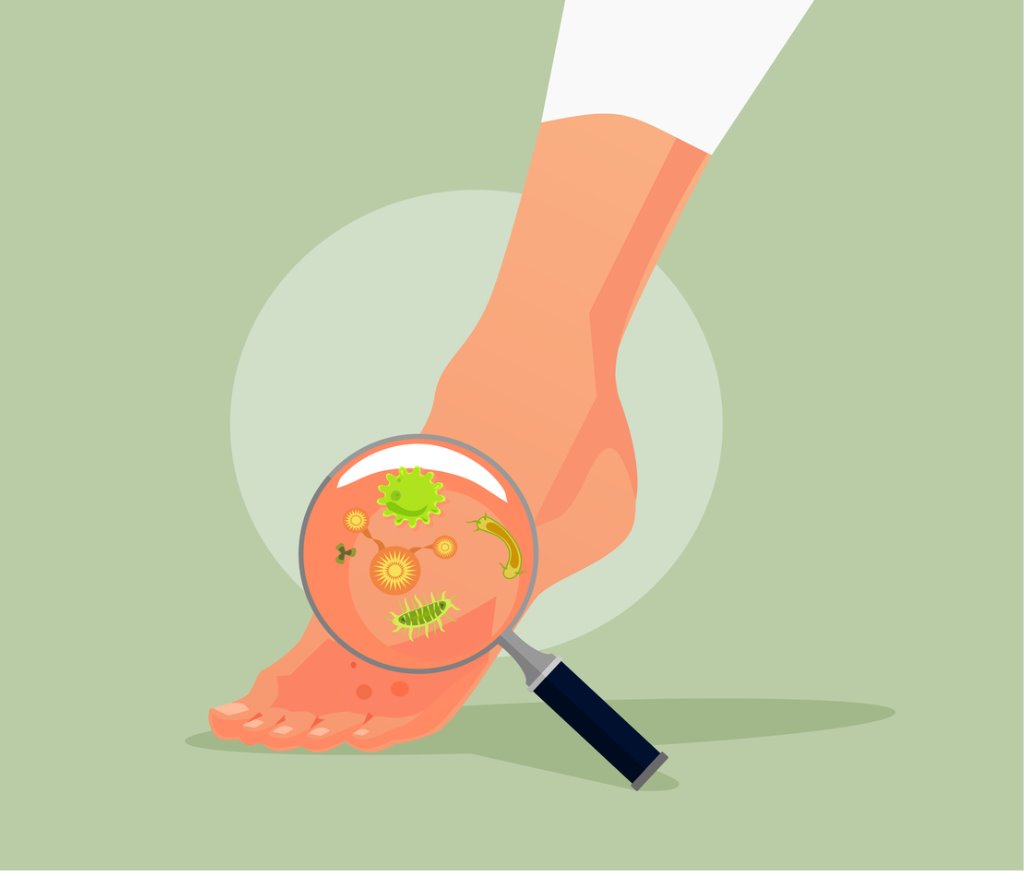Everyone loves a good recycling life hack — whether it’s turning broken crayons into candles, inverting a two-liter soda bottle to make a bird feeder or refashioning a milk jug to make a Stormtrooper helmet.
At Johns Hopkins, our investigators are hacking health by finding new uses for old and often-forgotten drugs. Their workspace includes one of the world’s largest public drug libraries available to researchers.
We may not think to put the words drug and library together, but starting in 2002, Johns Hopkins began collecting about 3,000 drugs approved by the U.S. Federal Drug Administration and its foreign counterparts to form what is now known as the Johns Hopkins Drug Library. This collection — which grew through donations, purchases and the occasional lab synthesis — is a public treasure trove for drug discovery.
The library’s contents are available free of charge to the entire Johns Hopkins community and to other researchers around the globe at low cost. Our investigators have researched drugs from the library and resuscitated them as potential launching pads for new clinical applications. Jun Liu, professor of pharmacology and molecular sciences, directs these efforts — making him the head librarian of sorts.
Using the library’s resources, Dr. Liu and his lab have discovered that a drug used for decades to treat toenail fungus may also inhibit the growth of some kinds of cancerous tumors and could prevent macular degeneration. Another drug physicians used to treat leprosy 100 years ago may be effective in treating autoimmune disorders like multiple sclerosis and psoriasis.
Last year, Dr. Liu led a team of Johns Hopkins scientists that created and screened 45,000 new compounds containing chemical elements of widely used immune system suppressants. They report that they’ve found one that may prevent reperfusion injury, a common and damaging complication of surgery, heart attack and stroke.
As Dr. Liu points out in this video, it takes 15 years and nearly $1 billion to develop a new drug. Starting with compounds that already have been proven to be safe and effective (even if for another purpose) saves time and money — the very definition of a good hack. But the biggest value lies in paving the way for new drug leads with the potential to save lives.
